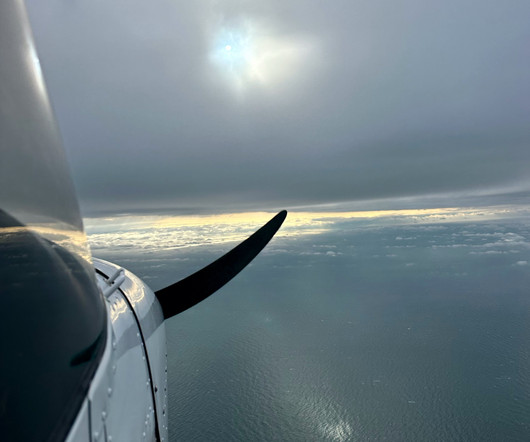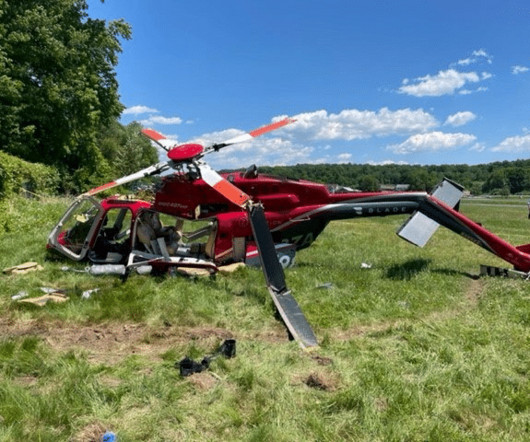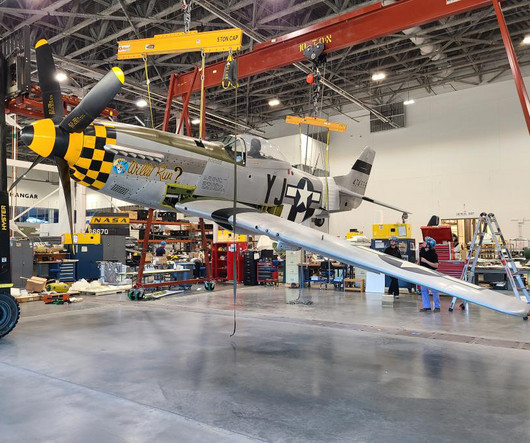Understanding Left-Turning Tendencies in Airplanes
Northstar VFR
MARCH 16, 2025
Left-turning tendencies are primarily caused by four aerodynamic effects:torque, spiraling slipstream, gyroscopic precession, and P-factor (asymmetric thrust).Each Torque is most noticeable when power is applied suddenly for example, during takeoff. This force pushes the tail to the right, causing the nose to yaw left.
















Let's personalize your content